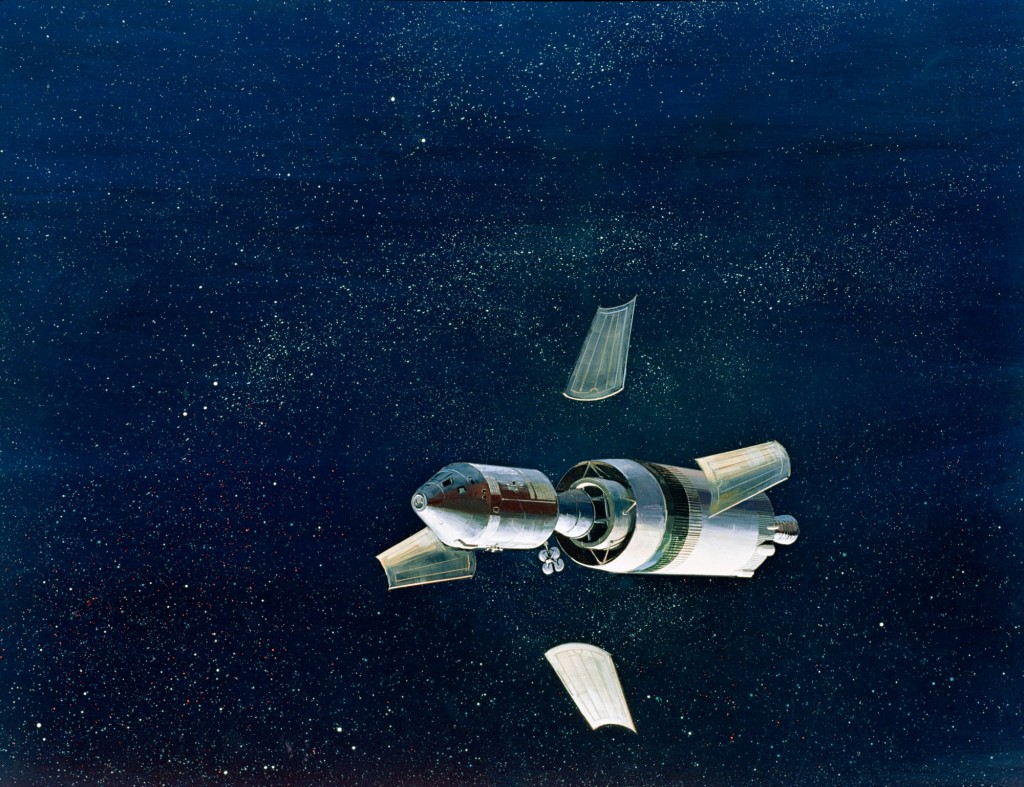Postflight examinations performed on about 300 American astronauts since 1989 showed that 29 percent of space shuttle crewmembers (who flew two-week missions) and 60 percent of International Space Station astronauts (who typically spend five or six months in orbit) experienced a degradation of visual acuity, according to a report published this year by the U.S. National Academy of Sciences.
The cause of this, perhaps surprisingly, isn’t radiation, but an increase in pressure in the skull. Because rather than being pulled downward out of the skull, blood tends to flow upwards in microgravity. This would increase pressure on the brain, the eyes and the optic nerves.
Thus: a *proper* space station should have artificial gravity, not enforced 24/7 microgravity for months on end. A 29% chance of having your eyesight degraded might well be more of a turnoff for bajillionaires wanting to visit a space hotel than, say, a 0.5% chance of being blown up by the launch vehicle; therefore a space hotel with various levels (achievable by simply stacking Transhab modules into a long cylinder and “tumbling” it) would be an obvious way to go. Such a facility would allow *direct* measurements and comparisons of effects of various gravity levels. Does this eyesight degradation issue rise linearly as G’s drop? Does it suddenly pop up at 1/10 G? Does it get better or worse if someone is regularly transitioned from 0 G to 1/6 G and back? These are the sort of things that could be quickly and relatively cheaply tested for.



